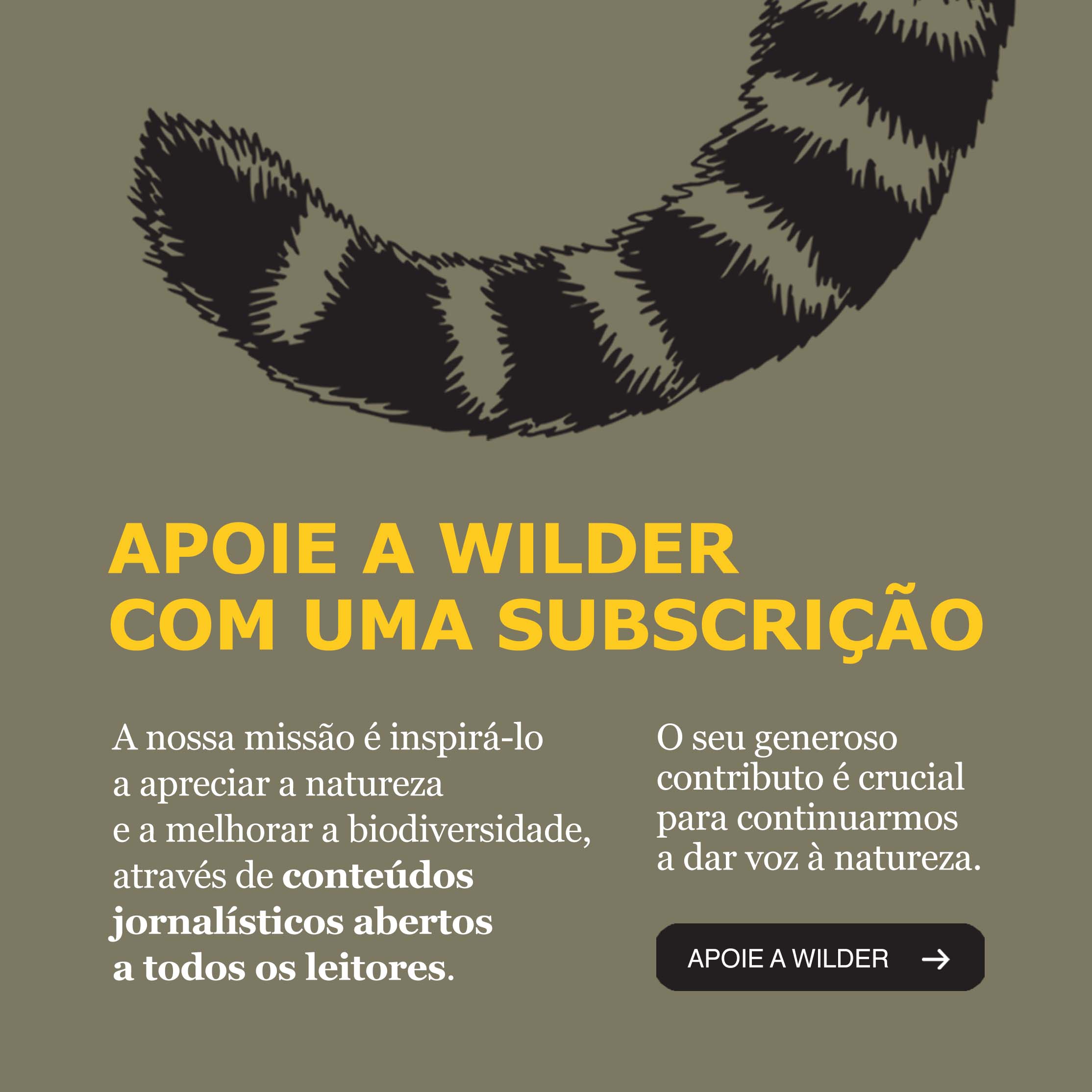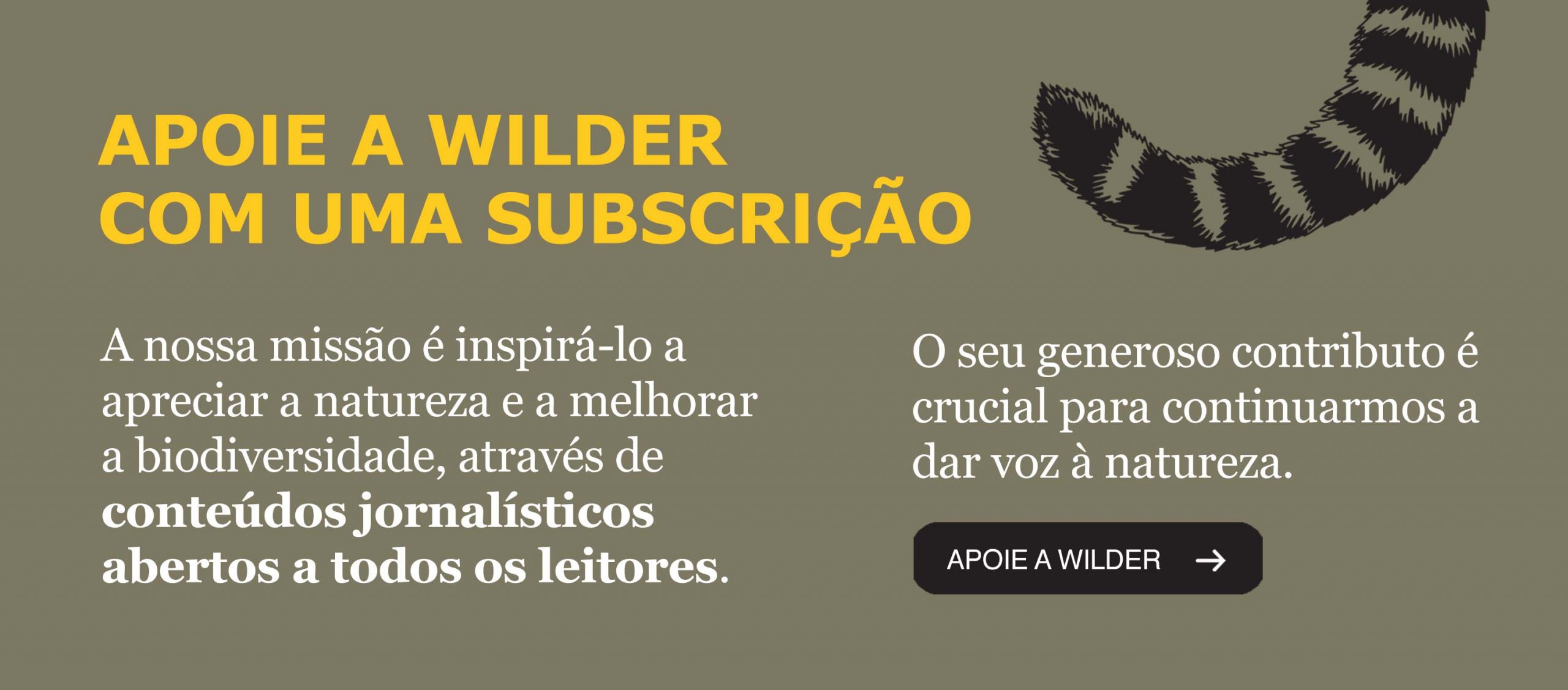Natural History museums in Madrid, Paris, London, Chicago and the California Academy of Sciences have large temporary exhibitions in 2015. A handful of good ideas to enjoy out there.
Natural History Museum of Madrid:
Naturalezas Ilustradas. La colección Van Berkhey del Museo Nacional de Ciencias Naturales (from 29th April, 2014 to 29th March, 2015): the almost one hundred illustrations of the Dutch naturalist doctor and designer Le Francq van Berkhey are still in exhibition. He is the author of hundreds of drawings of animals, plants, rocks and fossils; he wanted to represent the most number of consistently ordered species possible. In this show we can appreciate zoological illustrations, including works on mammals, birds, insects, reptiles, fish, arthropods and mollusks. The exhibition is completed with 150 specimens of the museum collections that correspond to the species illustrated by Berkhey.
Fauna del Parque Nacional de la Sierra de Guadarrama (from 23rd December, 2014 until the end of 2015): the exhibition shows the geological history of this natural space, the importance of nearly invisible organisms living in water and soil and the network of connections that must be preserved. The initiative also includes ongoing investigations by the museum researchers in that protected area and dioramas made by taxidermists on the beginning of the twentieth century.
Museum of Natural History of Paris
Sur la piste des grands singes (from 11th February, 2015 to 21st March, 2016): created by the Museum of Natural History of Paris itself, the exhibition focuses on the discovery of the life of chimpanzees, gorillas, and orangutans in the rainforest. The exhibition consists of five parts: the first three present to us the six species of great apes, showing their morphological features, its evolution and the Science that has been developed about them. The fourth part, the heart of the exhibition, makes the visitors plunge into a forest where they can discover the daily life of these great animals in their environment: how they live in groups, how they move among the trees or on the ground, how they communicate or make tools to look for food. At last, the fifth part illustrates the threats hanging over the great apes and proposes conservation measures.
Museum of Natural History of London:
Coral reefs: secret cities of the sea (from 27th March to 13th September, 2015): this exhibition marks the year in the London museum. “These are not only beautiful environments. They are some of the most diverse ecosystems on the planet, giving food and habitat to thousands of marine species”, says Ken Johnson, researcher of the museum and expert on coral reefs. The show includes a living coral reef, stunning images of Catlin Seaview Survey – a scientific project to study and record some of the most famous reefs in the world – and even more than 200 specimens of the museum collections including corals, fish and fossils. So that you can be marveled, the gigantic coral Turbinaria Coral collected by Charles Darwin is going to be exhibited.
Wildlife Photographer of the Year (until 30th August, 2015): the exhibition of the best photographs of the wildlife in the world is already an institution of its own and an international reference. But this year the exhibition of the 100 award winning photographs of the prestigious international competition comes with a bonus. To celebrate the 50th anniversary of this award, the museum displays images of other editions that made history and a documentary about the competition and the changes in nature photography in the past half century. And if you want to match the feat of the US photographer Michael “ Nick” Nichols – the big winner of this year with a black and white image of five lionesses and their young resting by the sea in the Serengeti National Park (Tanzania) – you can compete for the 51st edition of the award until 26th February.
Sensational butterflies (from 2nd April to 13th September, 2015): since six years ago that butterflies have a home in the museum lawns. And this year is no exception, bringing us the 7th edition of this temporary exhibition. Inside the greenhouse – where last year 1,000 butterflies came to be counted in only one day – visitors can spend good moments among these animals. You can also discover the science behind these delicate creatures and their fantastic life cycles.
Natural History Museum of New York:
Nature’s Fury: the science of natural disasters (from 14th November, 2014 to 9th August, 2015): interactive panels help visitors to discover the processes behind earthquakes, volcanoes, tornadoes and hurricanes. There is even the possibility of manipulating a model of a seismic fault, generate a virtual volcano, simulate you are at the center of a tornado and measure the force of hurricane Sandy through an interactive map of New York City. The exhibition also deals with how communities respond and adapt to these events and how scientists can help reduce risks and prepare future events.
The Butterfly Conservatory (from 1st November, 2014 to 25th May, 2015): this is one of the most popular annual temporary exhibitions in the museum. It has a greenhouse and a long corridor with information, photographs and specimens of butterflies.
Natural histories: 400 years of scientific illustration from the Museum’s Library (from 19th October, 2013 to 12th June, 2015): the exhibition explores the role of drawing in the scientific discoveries throughout 50 reproductions of the museum rare books collection (it has more than 14.000 books since 15th century). It has works by Albrecht Durer, John Woodhouse Audubon, Maria Sibylla Merian, Joseph Wolf and Moses Harris.
The Field Museum of Natural History, Chicago:
Into the Bat Caves of Kenya (from 27th August, 2014 to 31st December, 2015): a couple of years ago, the museum did, perhaps, its most radical acquisition by hiring Emily Graslie, the author of the program in Youtube “Brain Scoop – Adventures in Taxidermy, Biology and Natural History”. Today the channel on Youtube already has more than 257,000 subscribers and opened new horizons in the communication of the work done by Natural History museums. This was a bet they won and Chicago doesn’t renounce it. This multimedia exhibition is a proof of that. A museum team and the program team travelled to Kenya to record the sounds of bats in a cave deep in Suswa mountain.
Lichens: the coolest things you’ve never heard of (from 17th December, 2014 to 31st October, 2015): follow the museum experts on their expeditions and enter the fascinating and amazing world of lichens. Watch them magnified, observe them even with the help of ultraviolet light and share with the museum the places where you have already seen them, to help discover new species.
California Academy of Sciences (San Francisco):
Habitat Earth – living in a connected world (from 16th January, 2015 until the end of 2015): Until now Morrison planetary was used for projections related to Astronomy and Space. “Instead of looking only at the stars, the Morrison team uses digital tools and scientific data to tell the stories of the planet Earth”, explains Ryan Wyatt, planetarium’s director. The show takes the visitor to dive into the ocean and explore the dynamic relationships in deep-sea ecosystems but also dig the forest soil and see how the tallest trees in the world rely on tiny fungi to survive.
Whales, giants of the deep (from 3rd April to 29th November, 2015): this is an exhibition of the museum Te Papa Tongarewa, in Wellington (New Zealand) – and whose Maori name means “treasures chest” – , which travels the world since 2008. Now it is the California Academy of Sciences turn. The New Zealand museum is housing one of the largest collections of whales in the world and this show includes more than 20 skulls and skeletons of various species.
Color of Life (from 12th June, 2015 until the end of 2016): the exhibition will only be set up this spring but the museum said to us that the show will be full of live animals and interactive panels for visitors to explore the role of color in the natural world. Insects with jewelry colors, birds with their electric plumage, reptiles and multicolored amphibians help us understand that everything on the planet is connected. Using technology we can see the world through an animal’s eyes and visualize how species use color to camouflage, to communicate and attract others.









